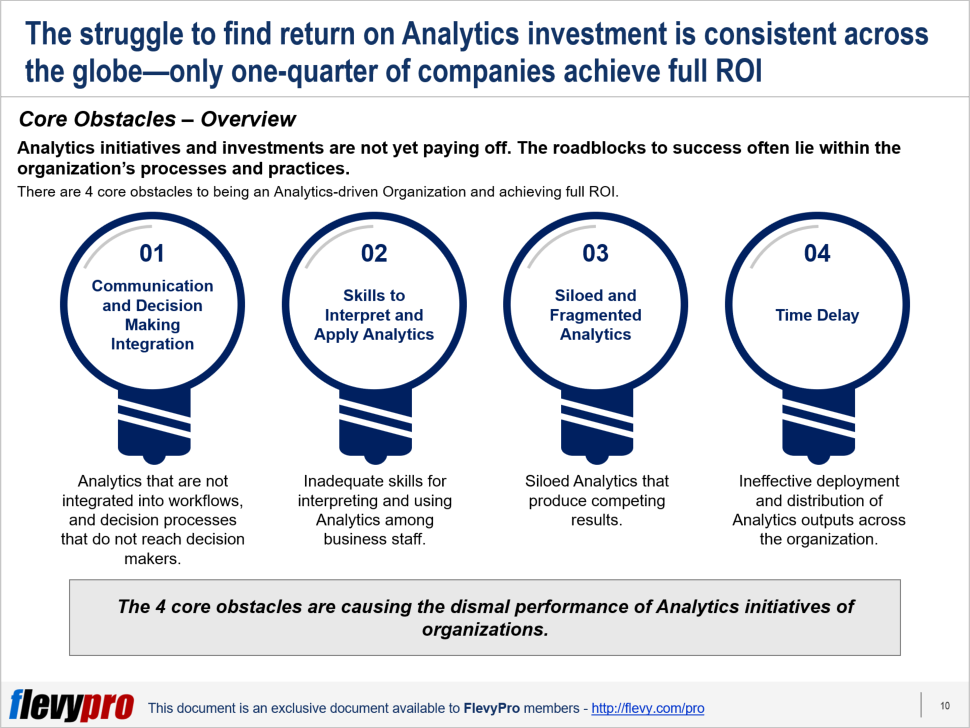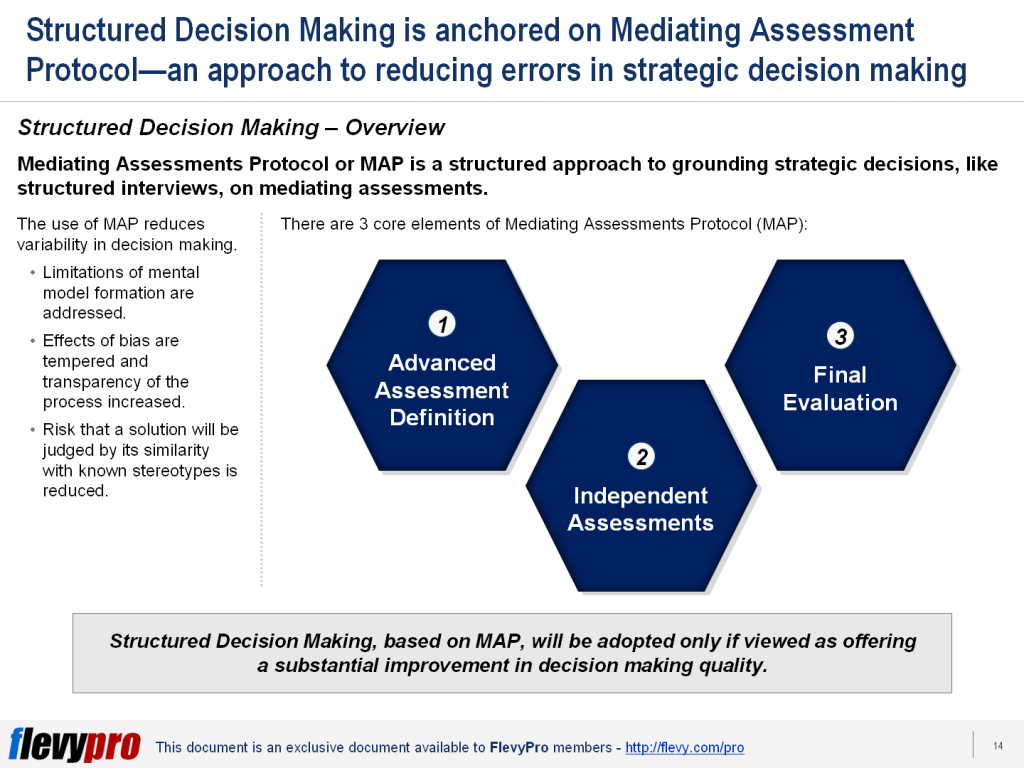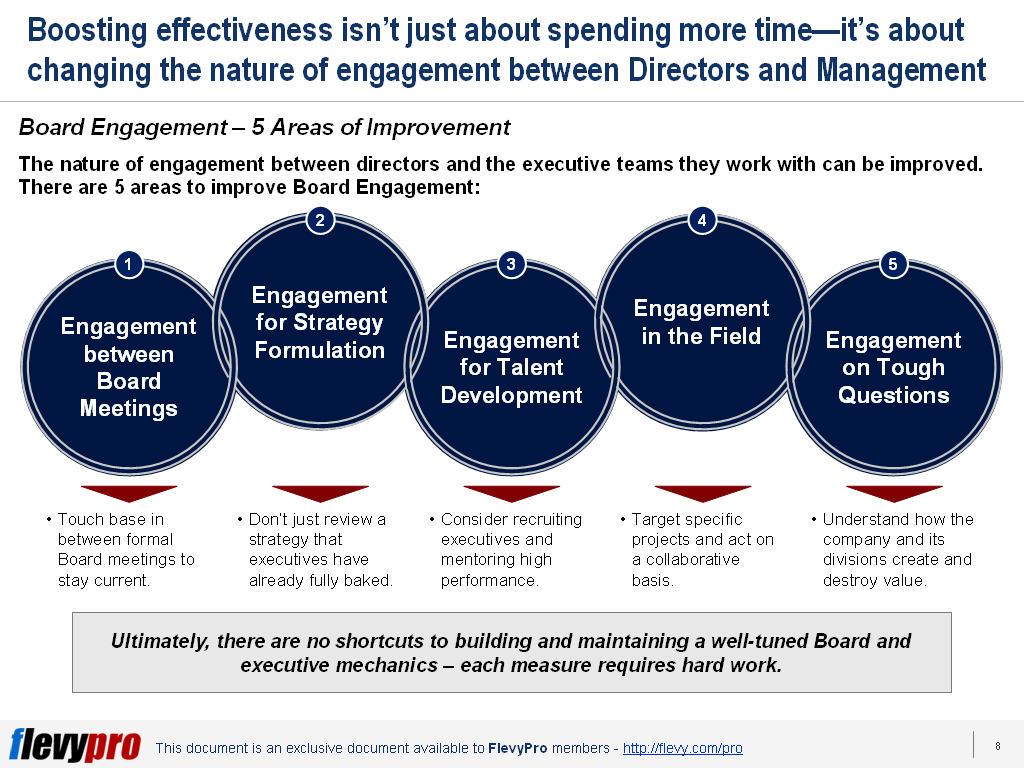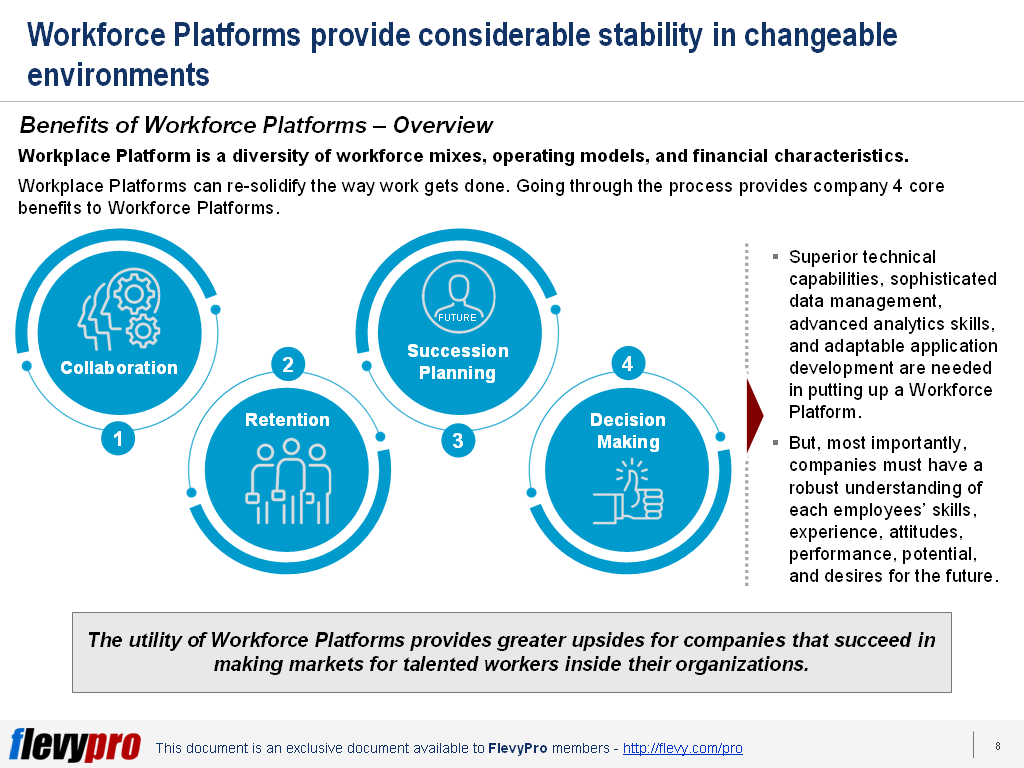How to Understand Consumer Behavior and Undertake Behavioral Transformation? Appreciate the 3 Bs of Behavioral Change
29 Nov


Product managers, marketers, and designers are often confused as to what they should do to increase the chances of customers’ engagement and uptake of their offering. Changing individuals’ behavior to enhance engagement, productivity, innovation, and happiness isn’t straightforward.
It takes a lot of effort, time, and resources to execute initiatives aimed at transforming behaviors and Organizational Culture. However, most people aren’t interested in changing and like the status quo to prevail. This is where Behavioral Economics can help to know how customers behave, interpret their decision-making methods, and create solutions targeting those behaviors.
Product designers and marketers aspiring to drive acceptance of their products can make use of the 3 Bs of Behavioral Change to change understand consumer behavior. The 3 Bs of Behavioral Change classify the 3 elements essential to change behaviors, i.e.:
- Behavior
- Barriers
- Benefits
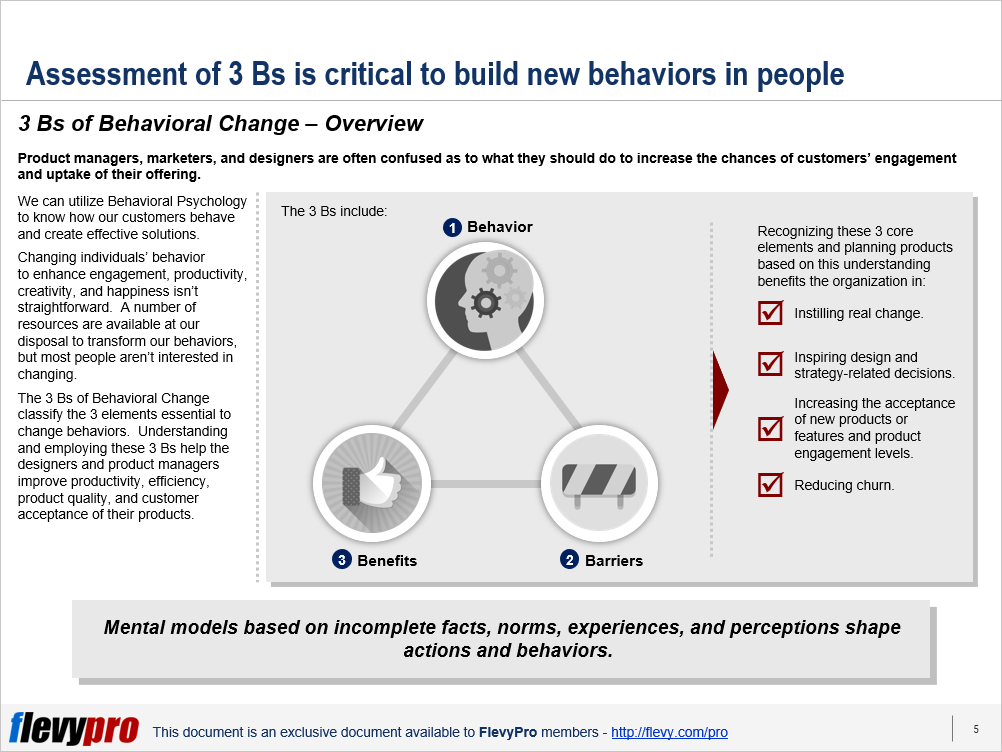
Understanding and employing these 3 Bs helps the designers and product managers instill change, inspire design and strategy-related decisions, increase the acceptance of new products / features and product engagement levels, and build new behaviors in people.
Let’s discuss the first 2 elements in detail.
Behavior
People have an inherent tendency to maintain the status quo. Behavioral change necessitates:
- Identifying individuals’ existing attitudes.
- Assessing and tackling psychological biases affecting individuals’ decisions.
- Carefully tracking behaviors that need to be changed.
- Ascertaining the most important desired behavior and exact action that is imperative to drive results.
- Getting the buy-in from all stakeholders on the key behavior.
- Deciding if the behavior should be permanent or transient.
Examples of key actions to change behaviors include spending 30 minutes thrice weekly doing cardio exercises and consuming salad at lunch daily to stay healthy.
Barriers
Understanding the barriers in behavior adoption assists in creating effective solutions to improve uptake of key behavior. The second step to induce behavioral change is to reduce barriers in its adoption.
- Every decision that a product user has to make, no matter how negligible, increases resistance in the likelihood of completing a specific behavior.
- These actions and decisions, that an individual has to take in order to achieve the desired behavior, create points of friction in embracing key behaviors. For instance, people often find it difficult to decide when presented with complex choices. They tend to procrastinate or become a victim of decision paralysis.
- Removing the points of friction and resistance from any key behavior necessitates documenting and streamlining all decisions. The path of least resistance leads to desired key behaviors.
Examples of barriers include the thought process involved in the decision to select where to have dinner. This thought process is, in fact, a psychological barrier in actually going out and having dinner. Likewise, the decision to walk or drive to a restaurant is a logistical barrier and a point of friction that warrants making a decision.
To eliminate these barriers, we can either remove barriers entirely or just simplify the decision. For instance, elimination of a non-critical, open text field from a sign-up form—that probed the users about their business, which requires significant time to think and answer—can increase page-over-page conversion. In case choices are helpful for the users and cannot be eliminated, then it is best to simplify the decision process by giving fewer options instead of many, or by suggesting “recommended option” to the users.
Interested in learning more about the details of the 3 Bs of Behavioral Change? You can download an editable PowerPoint presentation on 3 Bs of Behavioral Change here on the Flevy documents marketplace.
Are you a Management Consultant?
You can download this and hundreds of other consulting frameworks and consulting training guides from the FlevyPro library.

















